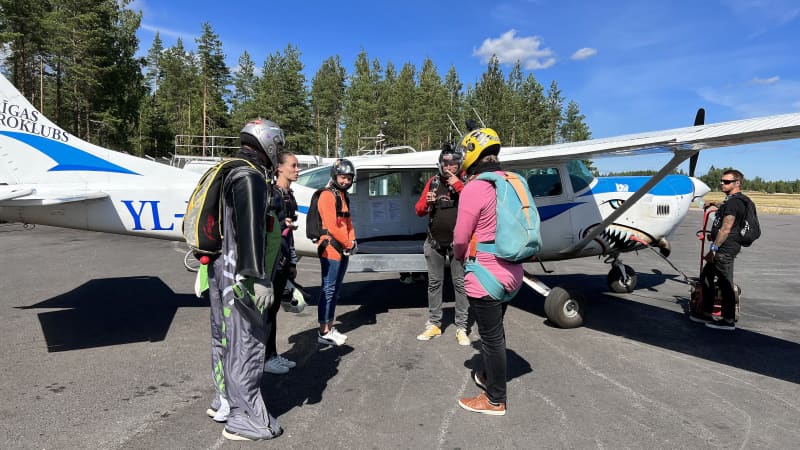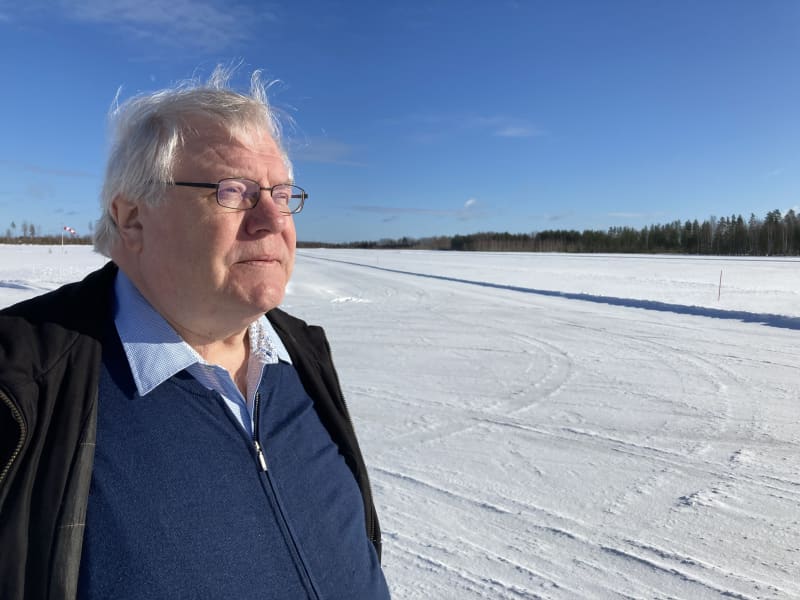
Vesivehmaa believes that the implementation of the system will attract more business and hobby activities to the field.
Lahti-Vesivehmaa airport is the first uncontrolled airport in Europe to use the instrument approach method.
The instrument approach method is a satellite-based system that allows landing on the field in bad weather conditions. The same system is in use at all airports. Lahti-Vesivehmaa airport is the first unsupervised airport in Europe where the system has been implemented.
According to the vision of the Airport Foundation, the development of Lahti-Vesivehmaa includes several goals.
– Flight training is being carried forward and the aim is to concentrate business activities in the field, which will bring more jobs. The field is high-quality and interesting from the point of view of commercial aviation, which supports the region’s economic activity, which also includes ancillary services, lists Salokannel.
The municipality is strongly involved in the development of the field
The Lahti-Vesivehmaa field is located in Asikkala, which has strongly participated in the field’s development work.
– The municipality has invested in the infrastructure and a site plan has been drawn up around the field, which means that we also have to move things forward so that this does not remain a small raven field, says Salokannel.
The next step in the development of the field is to get the meter approach method to the other end of the runway as well, and the hope is also to extend the runway by 300 meters to 1500 meters.
– It would increase the possibilities of using the field significantly, but it includes, among other things, extensive soil filling operations. I hope that this will also be implemented in the future.

